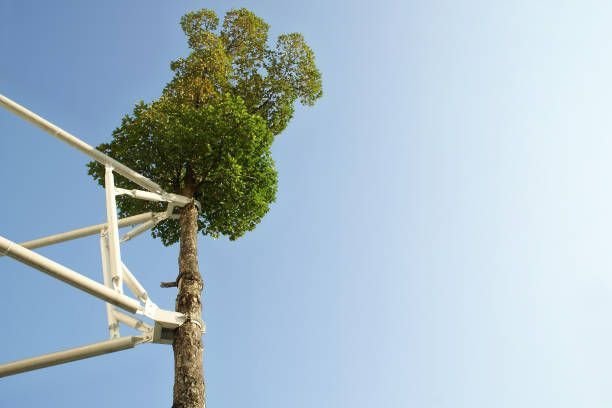There are two different but related ways to support and strengthen trees: cabling and bracing. Installing flexible steel cables between tree limbs is called cabling. This keeps branches from bending and moving during strong winds or heavy snowfall. Bracing, on the other hand, uses rigid rods or braces to strengthen branches that are weak or have split, adding extra support from inside the tree.
Why cabling and bracing are good for tree health
One of the main benefits of bracing and cabling trees is that it makes them healthier. By giving weak or overextended branches extra support, these methods help keep them from breaking and let the tree grow in a safer and more balanced way. This support can be especially helpful for old trees that have lost some of their strength over time.
Making sure safety
When it comes to city trees, safety is very important. People and property are at great risk when branches are weak or broken, especially when bad weather is happening. By making it less likely for branches to break, bracing and cabling help lower these risks. This not only keeps people safe, but it also keeps expensive damage down to a minimum.
Making Trees Live Longer
By keeping trees from falling over, cabling and bracing them can make them last a lot longer. These techniques help keep the tree's structure strong by fixing any structural problems early on. This way, it can keep providing environmental and aesthetic benefits for many years.



